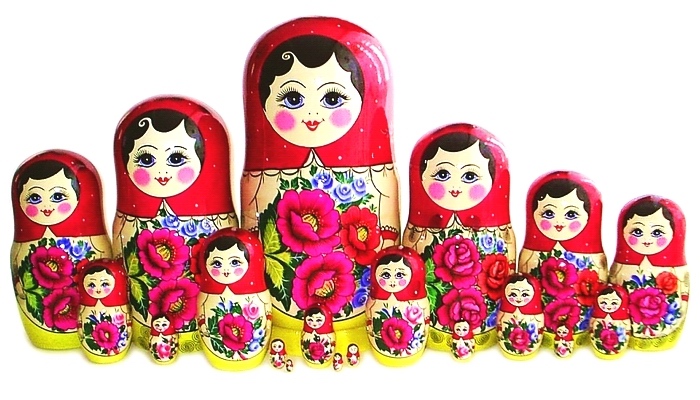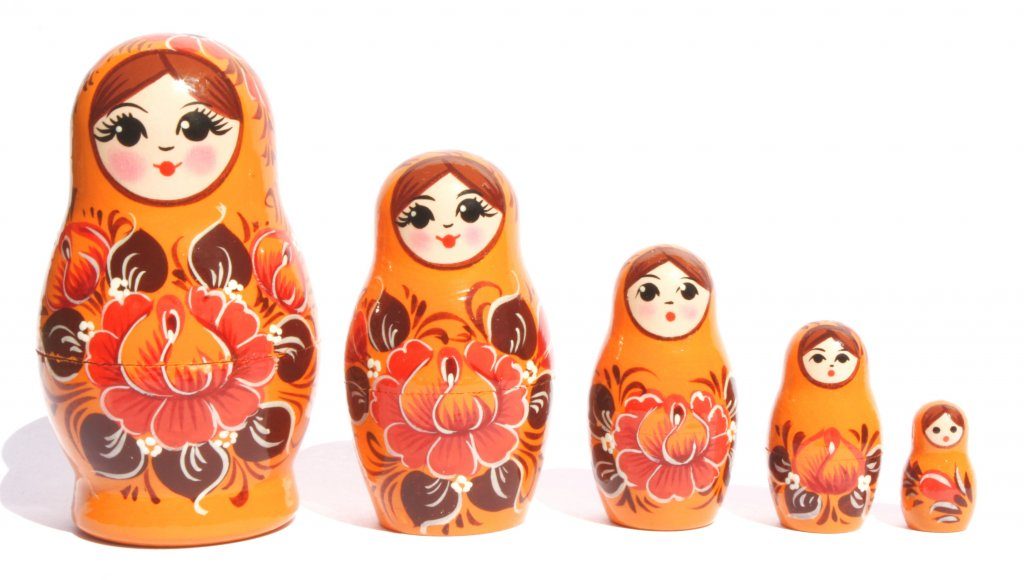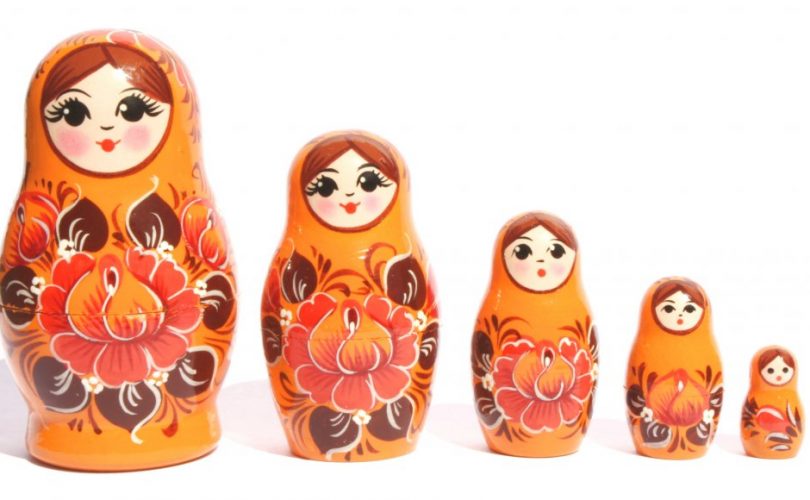Matryoshka is the most famous and most popular of all Russian souvenirs. The traditional design of the dolls today is the image of a young Russian woman, dressed in a national costume and with a head scarf. In the classic matryoshka, all the dolls of the set look almost identical, and the number of dolls in the set varies from 5 to 30. As self-promotion!
What is a nesting doll called? Mural artist takes orders for hand-painted nesting dolls for a photo. Cheap, relative to most art workshops. For more, read “Author’s dolls with portraits from photographs.” Name history in provincial pre-revolutionary Russia, the name Matryona was a very popular female name. It comes from the Latin word matrona in ancient Rome, the name of a free-born married woman enjoying a good reputation and belonging to the upper class. Later in the Russian language, the word matron was used to mean a respected woman, the mother of a family. From the term “matron” comes the Christian female name Matron, transformed in Russian into Matryona.

According to the old technologies
Even before the idea of making dolls, the Russian artisans had considerable experience in the field of wood processing on lathes. Long before the appearance of the nesting dolls, the craftsmen made Easter eggs and apples nested in one another. Drying of a tree occurred in natural conditions in the open air and not less than two years; only an experienced master could decide when the material would be ready for processing. Then the logs were sawn into blanks. Handmade doll making on a lathe requires high qualification, ability to work with a limited set of tools. The smallest figures were made first. Then the next doll was carved on it, and so on. The manufacturing operations of the forms did not involve any measurement; the master relied only on intuition and his skill.
Check out the recent article published by ABC News regarding Russian nesting dolls in this link.
Russian nesting doll style of Sergiev Posad
Until the end of the 90s of the 19th century, nesting dolls were made in the Moscow workshop, and after it was closed, the production moved to the training and demonstration workshops of Sergiev Posad near Moscow. In fact, Sergiev Posad became the place where the first industrial design of the Russian nesting dolls was made. This ancient city is located 73 kilometers from Moscow. The city grew around the famous Trinity-Sergius Lavra.
On the huge market square near the monastery there was a market. The square was always full of people, and it is not surprising that the first dolls depicted just such a colorful life. Among the first images there are young girls dressed in bright sundresses, women Old Believers in conservative clothes, brides and grooms, shepherds with pipe, old men with lush beards. In the early period of development of technology in matryoshka appeared and male images too. Sometimes the nested doll represented the whole family with numerous children and households. Some dolls were devoted to historical themes and portrayed boyars with their wives, Russian noblemen of the 17th century, as well as legendary Russian heroes. Sometimes nesting dolls were dedicated to book characters. For example, in 1909, by the centenary of Gogol, Sergiev Posad produced a series of dolls based on the works of Gogol.

In 1912, to the centenary of the Patriotic War against Napoleon, matryoshka dolls depicted Kutuzov and some other commanders. Some dolls borrowed fabulous scenes, often themes were taken from popular heroic tales. The faces of Sergiev Posad’s early nesting dolls were oval, with hard features. As the top of the dolls was significantly enlarged, the faces dominated the body. The dolls looked primitive and had a strong imbalance, but were very expressive. In this early period, painting dolls was considered a secondary matter.
In the first place came the skill of a turner, able to make work-pieces with very thin sides. Professional artists who painted the first dolls did it for their own pleasure and didn’t take their work seriously. That is why the first dolls look very primitive. A little later, folk art tradition took over. Icon painters from Sergiev Posad contributed to the further development of the pictorial style of the matryoshka doll. Icon painters mainly focused on the figure of a man and his face. This ancient tradition came to the Old Russian art from Byzantium, and the combination of the early type of matryoshka from Sergiev Posad with the tradition of the local iconographic school is confirmed both stylistically and in fact.
Modern nesting doll
The doll is a doll that looks pretty simple, but it has always been the best embodiment of time. As a form of folk art matryoshka has great potential; it conveys the deep meaning of events and develops in step with the times. Different nesting dolls safe for kids were created at different times. If the early matryoshka stylistically was primitive, then starting from the 20th century, the artists tried to use the matryoshka surface most fully, like those matryoshka dolls from nestingdolls.co. A new type of nesting dolls appeared which a picture in the picture was. The basis of the image was still a young girl, only now it was not flowers that were painted on her apron, but scenes from Russian fairy tales and landscapes, as well as historical places.






